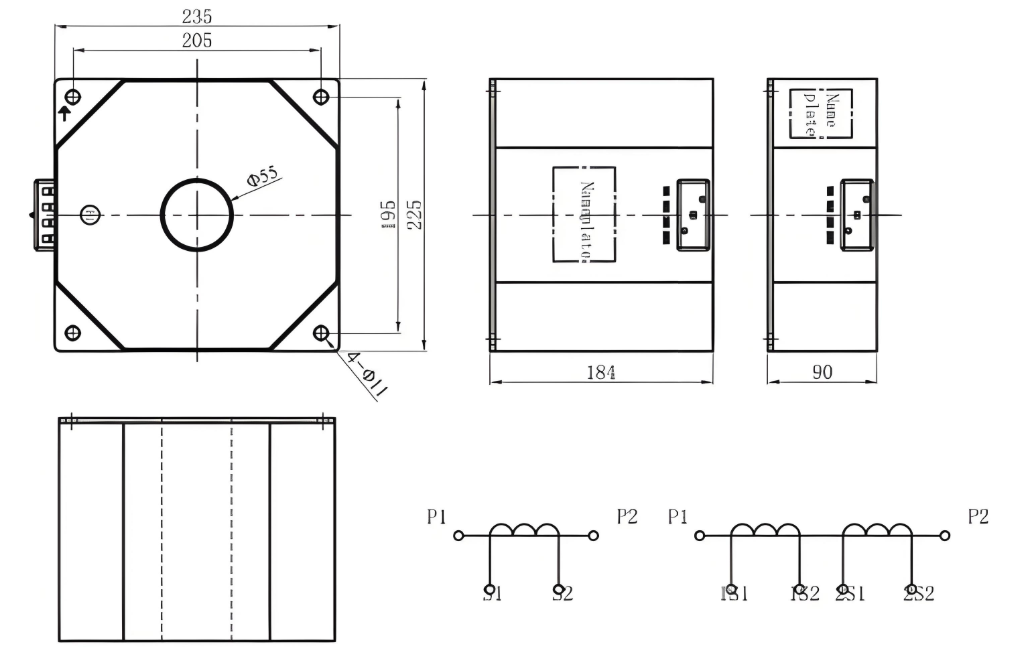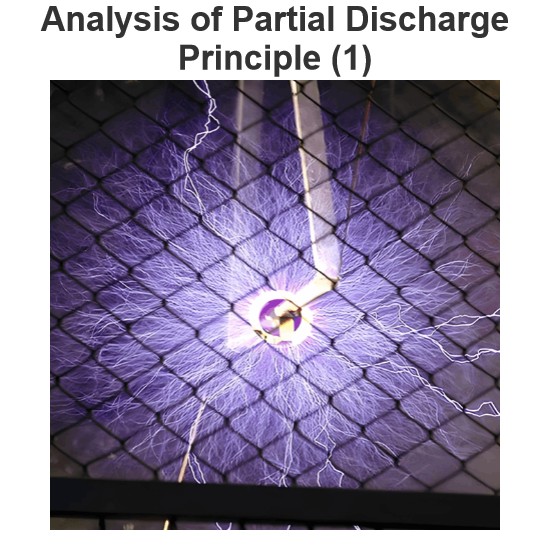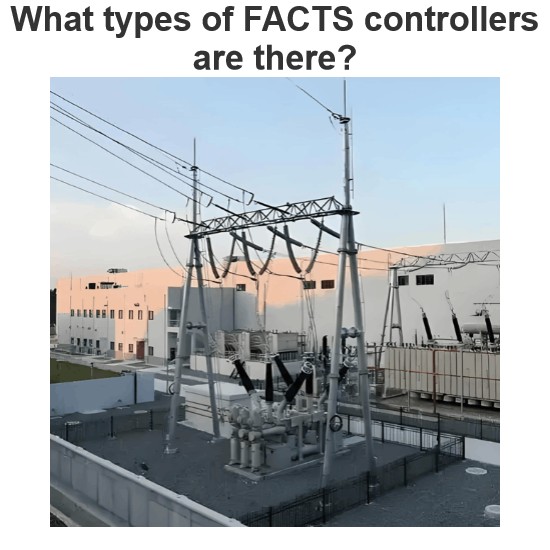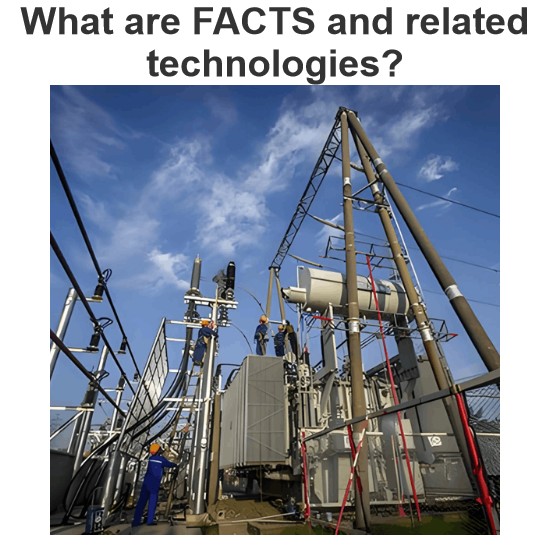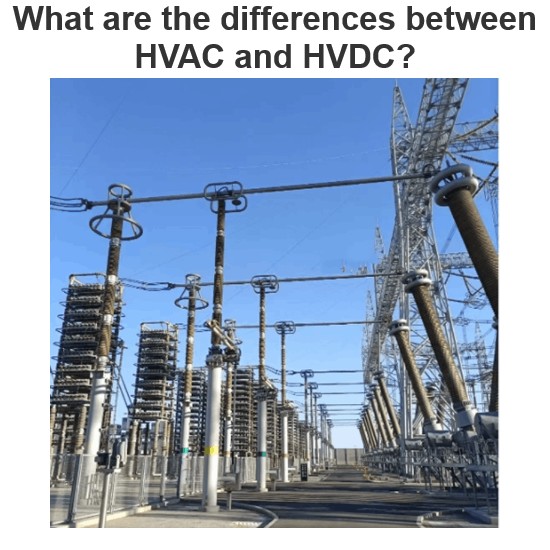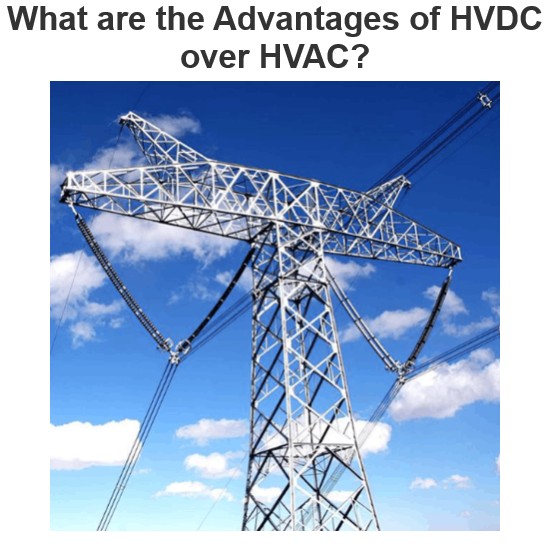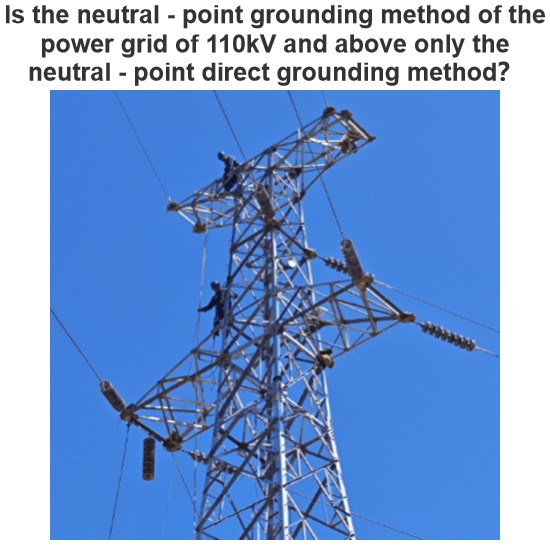| Brand | Wone Store |
| Model NO. | LDZC55 Current Transformer |
| Rated frequency | 50/60Hz |
| Rated insulation voltage | 10kV |
| Rated current ratio | 100/5 |
| Series | LDZC |
Product Overview
Single Cable Cores Type CT.LDC55 adopts newly high permeability core with high measuring accuracy.Secondary winding fully enclosed vacuum casting in antiflaming plastic shell. It easily installed by making the primary cable through the whole, applied to electrical system cable with highest equipment voltage 0.72KV, functioning as the tool of current metering , signal collection, relay protection. The current transformer can be executed according to the standard IEC 61869-1:2007 and IEC 61869-2:2012. Or IEC60044-1
Key Features
Intelligent Self-Calibration & Fault Diagnosis:Equipped with high-precision ADC and digital signal processing units, it real-time compares measured values with theoretical ones, automatically compensating errors caused by temperature, aging, etc., achieving calibration accuracy of ±0.05%. Through machine learning algorithms analyzing historical data, it predicts potential faults (insulation aging, winding short circuits, etc.) 72 hours in advance, and uploads early warnings to cloud management platforms via Modbus or MQTT protocols.
Modular Plug-and-Play Design:Adopting standardized interfaces and rail-mounted structures, it supports hot-swappable replacement without power outages. Functional modules (measurement, communication, power units) are independently packaged for flexible configuration. For example, adding an optical fiber module extends transmission distance beyond 20km to meet long-distance monitoring needs.
Extreme Environment Adaptability:Housing made of 316L stainless steel with double epoxy vacuum casting, reaching IP68 protection. Withstands -55℃~+125℃, resists salt spray >2000h and UV aging >5000h. ATEX/IECEx certified for explosive gas (Zone 1/2) and dust (Zone 21/22) environments, suitable for high-risk sites like petrochemical plants and coal mines.
Low Power Consumption & Energy Harvesting:Using low-power CMOS chip design, total power consumption <0.5W, 60% lower than traditional products. Built-in energy harvesting modules extract power from primary current to supply secondary circuits, outputting 5mA/5V DC at rated current for self-power supply, reducing external power dependency and O&M costs.
Technical Data
Rated insulation level: 0.72/3/10kV
Rated primary current: up to 1500A
Rated secondary current: 5A or 1A
Installation Altitude : 2000m
Specification
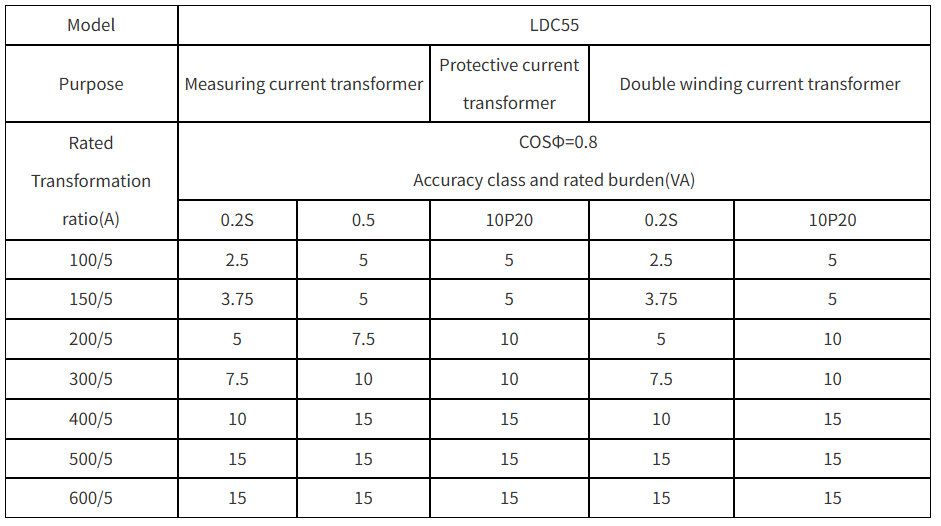
Outline
